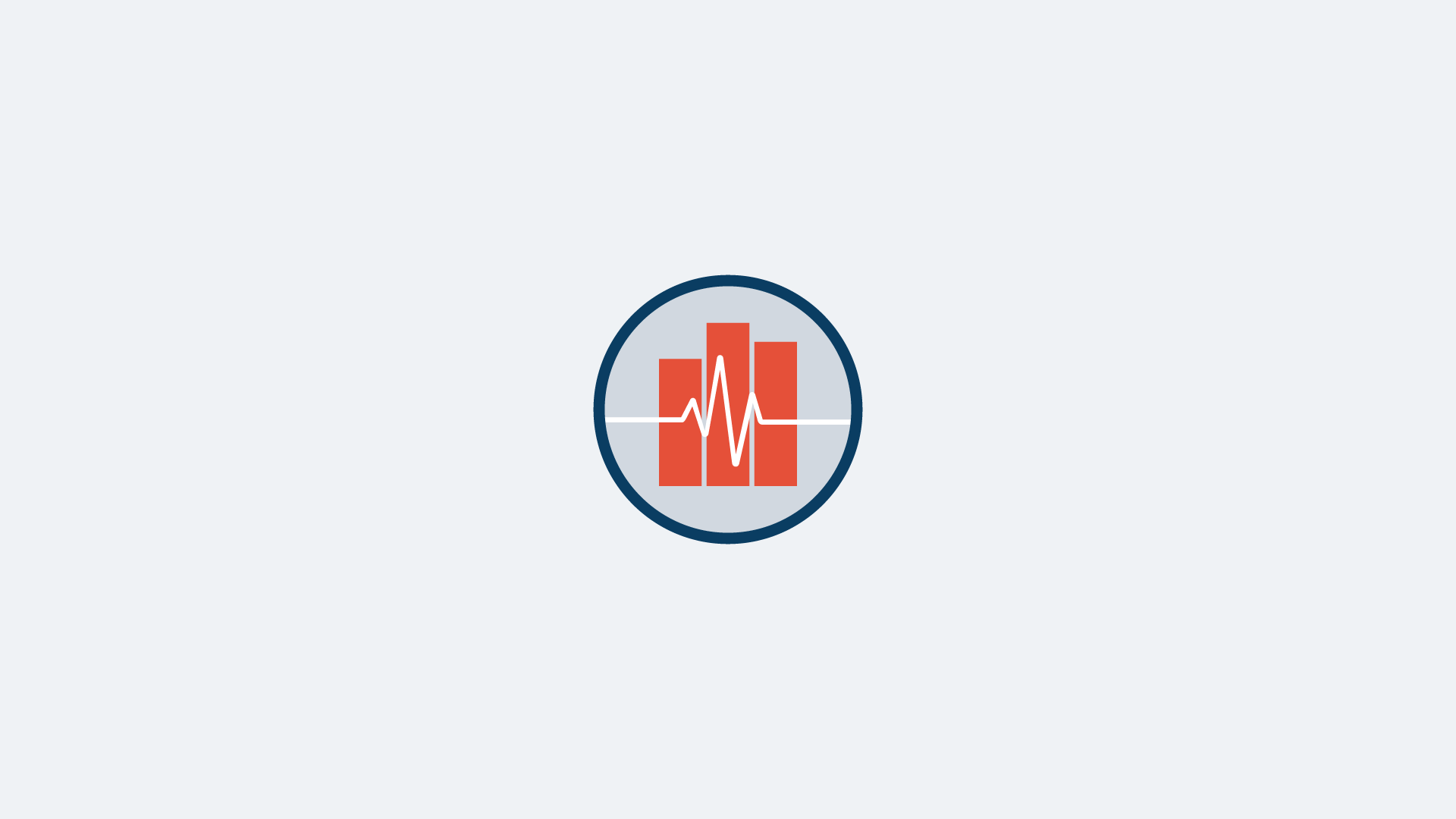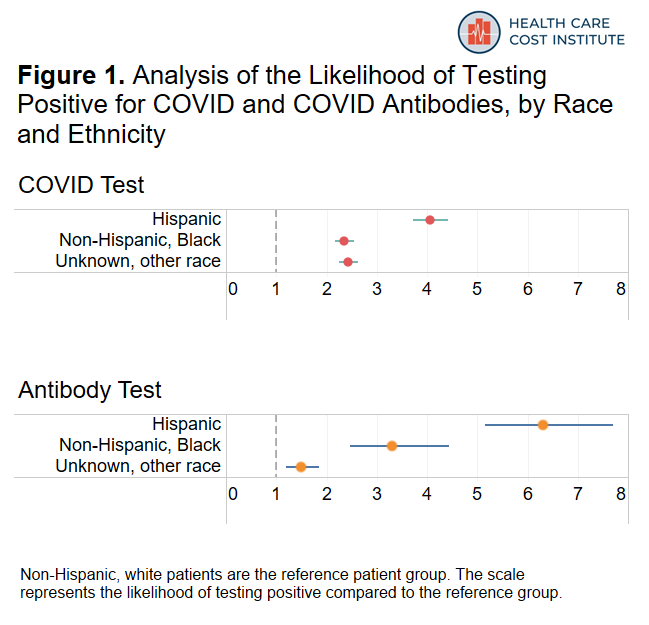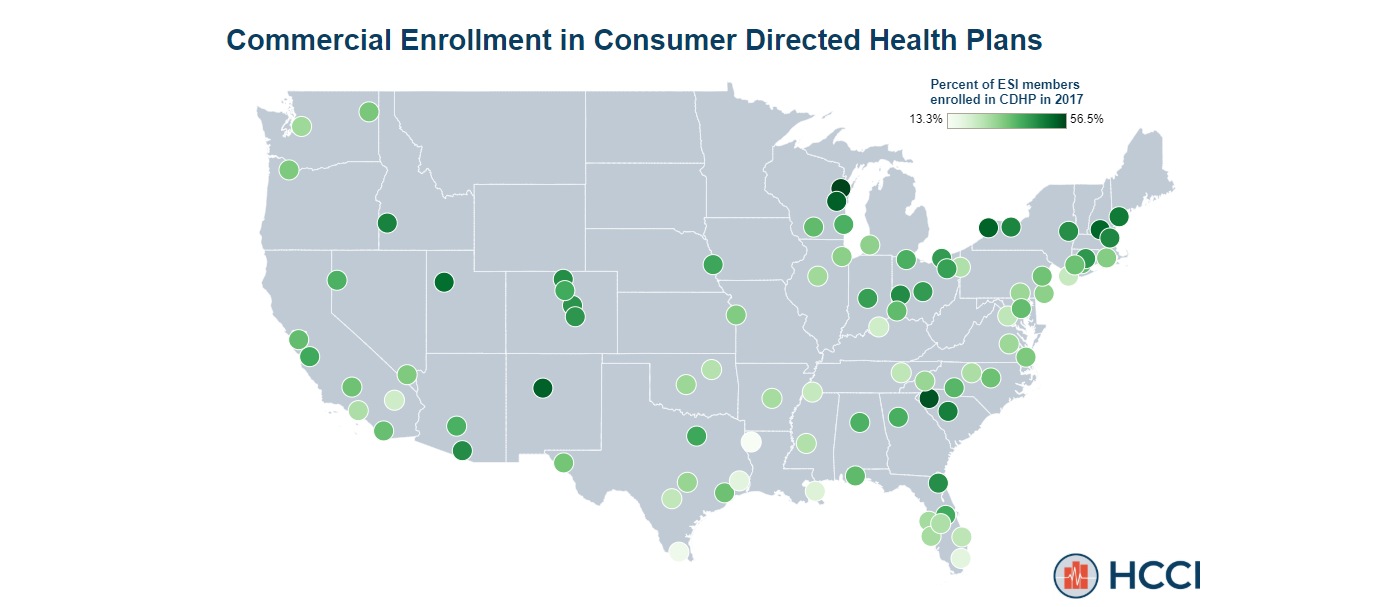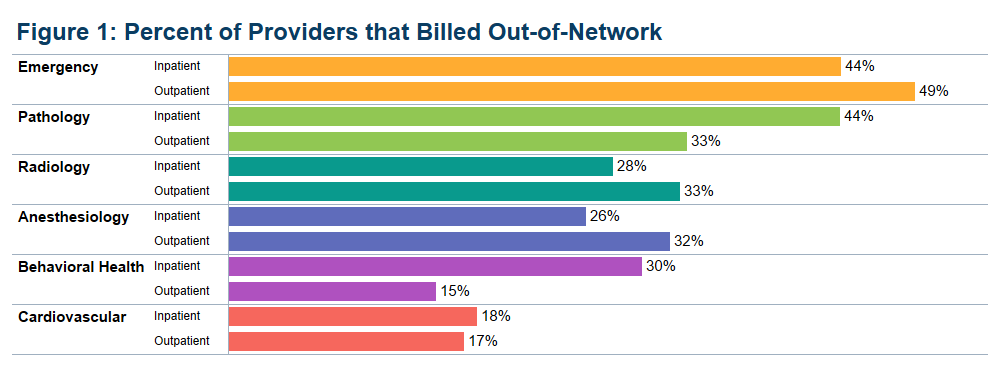Publications
-
Comparing Commercial and Medicare Professional Service Prices
 Read more: Comparing Commercial and Medicare Professional Service Prices
Read more: Comparing Commercial and Medicare Professional Service PricesPeople in the United States routinely cite health care and health care costs as top concerns.1,2,3,4 For the more than 160 million people who get insurance from their employer, the cost of health care is high, growing, and outpacing growth in wages.5,6,7 Across the country, health care costs show up in the form of higher premiums and…
-
Commercial Prices Relative to Medicare Vary Within Metro Areas Across Specialties and by Type of Service
 Read more: Commercial Prices Relative to Medicare Vary Within Metro Areas Across Specialties and by Type of Service
Read more: Commercial Prices Relative to Medicare Vary Within Metro Areas Across Specialties and by Type of ServiceEarlier HCCI research found that at the national level, commercial payers paid prices that were, on average, 122% of Medicare. However, we found that commercial professional service prices varied dramatically across states from 98% of Medicare in Alabama to 188% of Medicare in Wisconsin. There was similar variation within states, such as California, and also…
-
Analysis of Electronic Medical Record Data Shows Significantly Higher Rates of COVID-19 Infection among Hispanic and Black Patients
 Read more: Analysis of Electronic Medical Record Data Shows Significantly Higher Rates of COVID-19 Infection among Hispanic and Black Patients
Read more: Analysis of Electronic Medical Record Data Shows Significantly Higher Rates of COVID-19 Infection among Hispanic and Black PatientsThe COVID-19 pandemic has resulted in a previously unimaginable impact both in the United States and globally. It is increasingly clear as we enter the fifth month of the pandemic, with rising caseloads and deaths, that the United States will need to continue to address the COVID-19 pandemic for the foreseeable future. Each day, we learn…
-
Charge Amounts for Professional Procedures to Commercial Insurance and Traditional Medicare
 Read more: Charge Amounts for Professional Procedures to Commercial Insurance and Traditional Medicare
Read more: Charge Amounts for Professional Procedures to Commercial Insurance and Traditional MedicareIn the start of 2019, Centers for Medicare and Medicaid Services finalized federal policies that required hospitals to publish the amount they charge for common services, documents commonly referred to as chargemasters. While similar policies have been in place at the state level since the early 2000s, this was the first federal mandate to require…
-
ADRD Prevalence in Various Insurance Populations: A Collaboration with The Alzheimer’s Association
 Read more: ADRD Prevalence in Various Insurance Populations: A Collaboration with The Alzheimer’s Association
Read more: ADRD Prevalence in Various Insurance Populations: A Collaboration with The Alzheimer’s AssociationAlzheimer’s disease and related dementias (ADRD) represent a significant and growing cost to the United States health care system. While the prevalence and cost of ADRD related to Medicare Fee-for-Service beneficiaries is documented in the Center for Medicare and Medicaid Services’ Chronic Conditions Warehouse, less is known about the prevalence and cost of ADRD among…
-
Impact of New Technology on Prices and Use: A Case Examination of Robot-Assisted Surgeries
 Read more: Impact of New Technology on Prices and Use: A Case Examination of Robot-Assisted Surgeries
Read more: Impact of New Technology on Prices and Use: A Case Examination of Robot-Assisted SurgeriesSurgery accounts for the largest share of inpatient and outpatient spending among individuals with employer-sponsored insurance, representing 49 percent of inpatient spending and 37 percent of outpatient spending in 2018 according to HCCI’s most recent annual report. In recent years, the number of surgical procedures performed using robot assistance has increased dramatically. Intuitive, Inc., which…
-
Consumer-Directed Health Plan Enrollment Rises in All Cities over 10 Years (2008 to 2017)
Tags: 10 Year Trend, Commercially Insured, Consumer-Directed Health Plans, Geographic Variation, Out-of-Pocket, Spending Read more: Consumer-Directed Health Plan Enrollment Rises in All Cities over 10 Years (2008 to 2017)
Read more: Consumer-Directed Health Plan Enrollment Rises in All Cities over 10 Years (2008 to 2017)Recent analysis by HCCI finds that enrollment in consumer-directed health plans (CDHPs) increased dramatically since 2008. Nationally, nearly a third of commercially insured individuals were enrolled in a CDHP in 2017, up from 7.5% in 2008. Over ten years, enrollment in CDHPs doubled in 85 of the 88 metro areas studied. High-deductible health plans (HDHPs) have become increasingly common…
-
Health Affairs Blog: Out-of-Network Spending: Why Growing Attention Is Focused On A Small Share Of Medical Spending
Tags: Out-of-Network Read more: Health Affairs Blog: Out-of-Network Spending: Why Growing Attention Is Focused On A Small Share Of Medical Spending
Read more: Health Affairs Blog: Out-of-Network Spending: Why Growing Attention Is Focused On A Small Share Of Medical SpendingIn HCCI’s publication in Health Affairs Blog, we examine the cost and utilization of out-of-network care in commercial claims. From the article: “People receiving surprise bills, sometimes totaling tens of thousands of dollars, have been frequently chronicled by high-profile media stories and in academic research over the past several years. Previous research from the Health Care Cost…
-
Health Affairs: Out-Of-Network Spending Mostly Declined In Privately Insured Populations With A Few Notable Exceptions From 2008 To 2016
Tags: Out-of-Network Read more: Health Affairs: Out-Of-Network Spending Mostly Declined In Privately Insured Populations With A Few Notable Exceptions From 2008 To 2016
Read more: Health Affairs: Out-Of-Network Spending Mostly Declined In Privately Insured Populations With A Few Notable Exceptions From 2008 To 2016In HCCI’s publication in Health Affairs, we examined out-of-network spending in the privately insured population. Abstract: “While out-of-network or potential “surprise” billing has garnered increasing attention, particularly in emergency department and inpatient settings, few national studies have examined out-of-network care overall or in other settings. We examined out-of-network spending and use among two large nationwide…
-
How often do providers bill out of network?
 Read more: How often do providers bill out of network?
Read more: How often do providers bill out of network?In recent analysis, we document extensive variation across states and metropolitan areas in the frequency of out-of-network visits among individuals with health insurance provided by an employer. These differences raise the question of whether individual providers bill out of network at dissimilar rates. To explore whether a small group of providers are responsible for most…
